By: Hossam Zidan
The Saqqara archaeological site is home to several pyramids, which are among the rarest of Egypt’s ancient monuments. These include the Buried Pyramid, the funerary complex of King Sekhemkhet, the Step Pyramid (the funerary complex of King Djoser), the Pyramid of Userkaf from the Fifth Dynasty, the Pyramid of Jedkare, the Pyramid of King Menkauhor, the Pyramid of Teti from the Sixth Dynasty, the Pyramid of Pepi I, the Pyramid of Merenre, the funerary complex of King Pepi II Neferkare, the Pyramid of Qakare Ibi from the Eighth Dynasty, the Pyramid of Khendjer from the Thirteenth Dynasty, and the Pyramid of King Unas.
King Unas, also known as Wenis, reigned from 2375 to 2345 BCE. He was the last ruler of Egypt’s Fifth Dynasty. His pyramid holds a unique place within the Saqqara necropolis, as its inner walls, particularly in the king’s burial chamber, are inscribed with ancient Egyptian religious texts known as the Pyramid Texts. These inscriptions mark the earliest known instance of such texts within a pyramid. Along the causeway leading to the pyramid, there are stones engraved with a rare depiction of a famine scene.
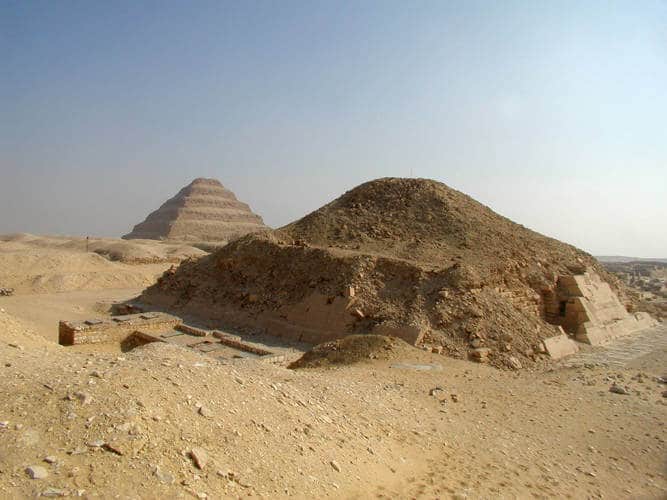
The name “Unas” is derived from the king’s name, and the pyramid itself was called “The Beautiful Places of Unas.” However, the site is in poor condition today, with the pyramid appearing as a heap of rubble from the outside. In the king’s burial chamber, the Pyramid Texts are remarkably preserved. Fragments of a mummy, including a skull, a right arm, and a leg, were also discovered inside. However, it remains uncertain whether these remains belong to King Unas. Northeast of the pyramid lies a mastaba containing the tombs of the king’s consorts.
Egyptologists have suggested that the inscriptions within the Pyramid of Unas include texts in other dialects, written in ancient Egyptian characters. An Egyptian academic study claimed that the writings on the walls of the northeast corridor of the pyramid, referred to as Sefert Hetebut, contain 111 religious recitations. These are distributed between the lower walls (75 recitations) and the ceiling (36 recitations), symbolizing the Benben stone—a sacred element in the solar temples of Saqqara and on obelisks.
The interior of the Pyramid of Unas houses 518 columns of inscriptions, with 386 of them located on the lower walls, representing the days of the ancient Egyptian lunar calendar’s leap year. The ceiling features 153 columns, symbolizing the mystical distance between the Earth and the Sun, as interpreted by ancient Egyptian priests.
These inscriptions were carved on the burial chamber walls to assist the deceased king on his journey to the afterlife. The texts emphasize the roles of Osiris and Ra in the religious beliefs of ancient Egypt at that time.


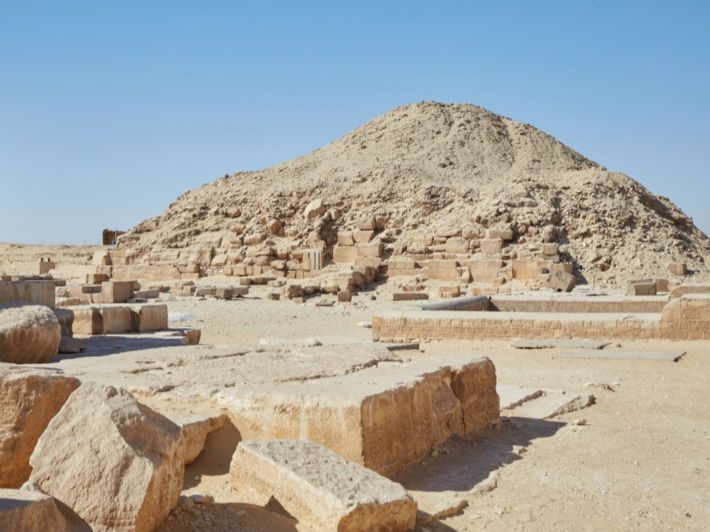


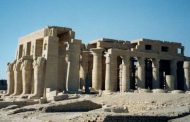



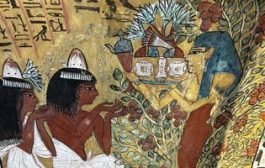


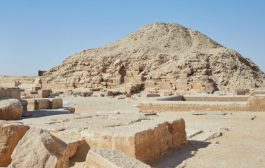













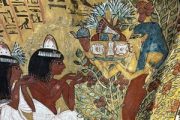


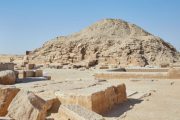
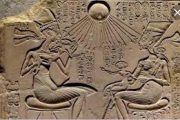










admin in: How the Muslim Brotherhood betrayed Saudi Arabia?
Great article with insight ...
https://www.viagrapascherfr.com/achat-sildenafil-pfizer-tarif/ in: Cross-region cooperation between anti-terrorism agencies needed
Hello there, just became aware of your blog through Google, and found ...